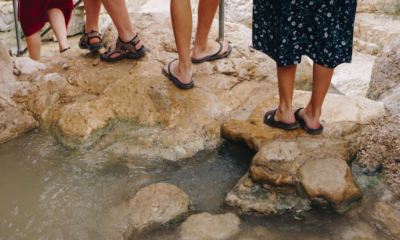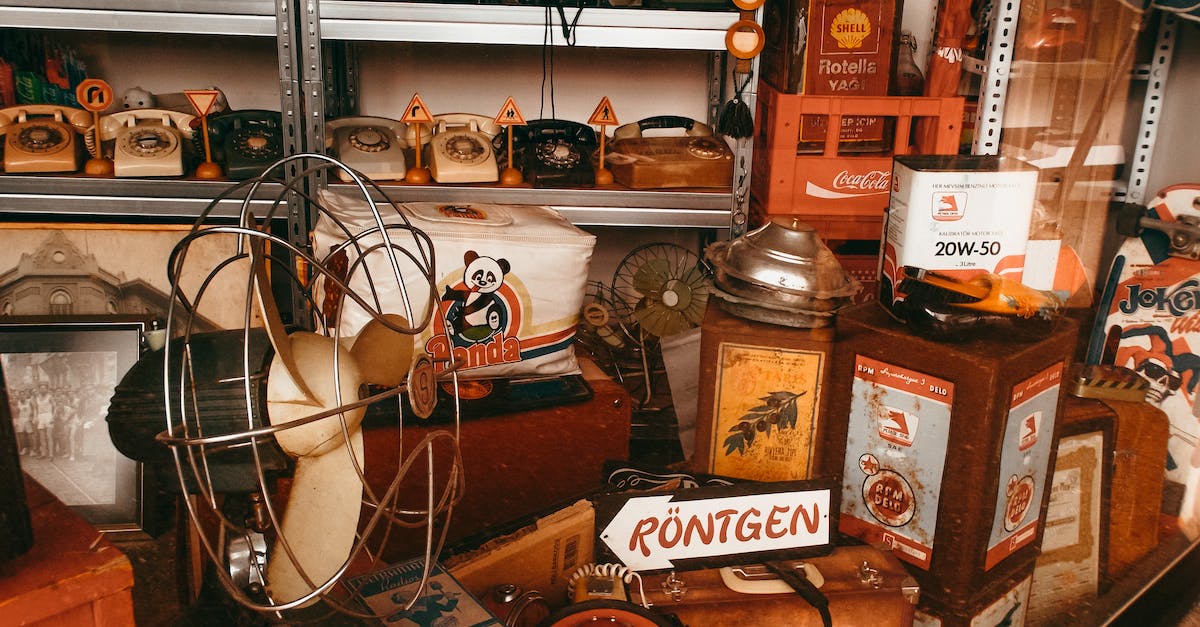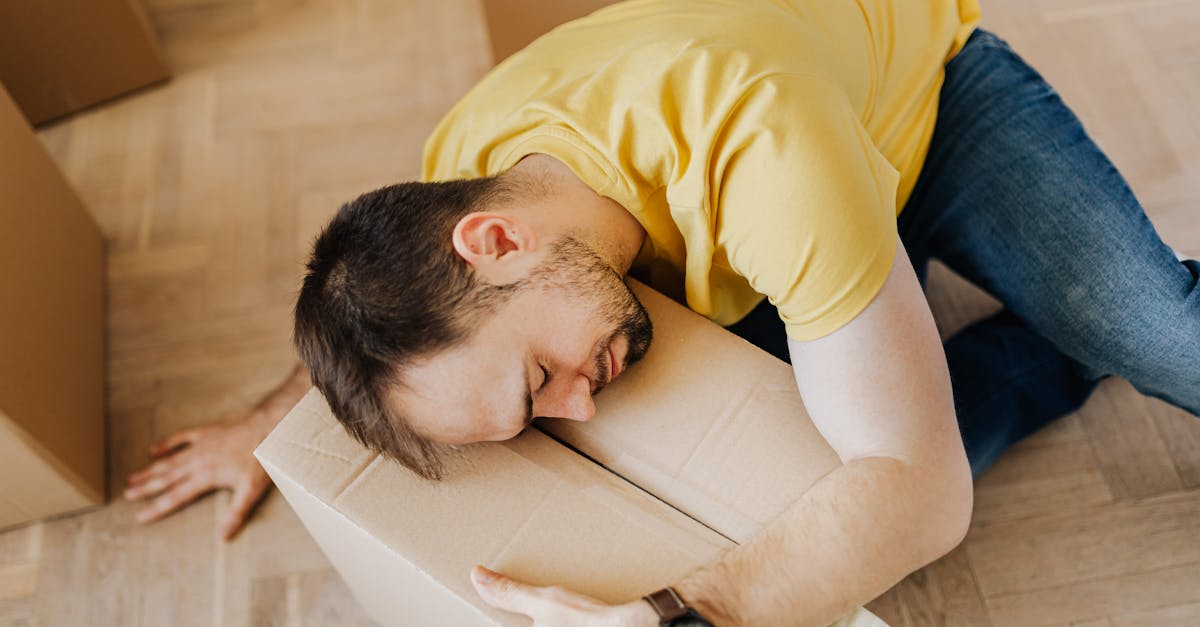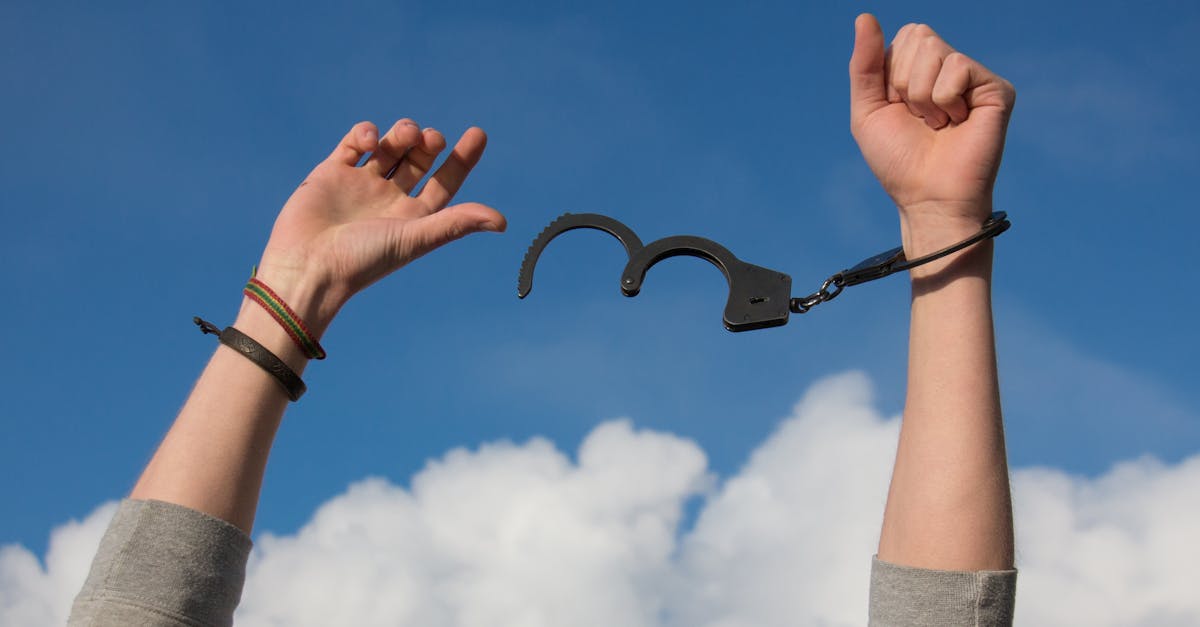The fish and chip has been a staple of British cuisine for hundreds of years. It’s easy to see how they’re a fantastic opportunity to relish hot chips and fish that has been fried without having to fret about losing weight.
There are plenty of chippy restaurants within Leeds which serve only the best seafood and fish. We’ve identified 13 of the most popular as well as what their customers comment on them.
Wetherby Whaler
Wetherby Whaler, an restaurant chain that offers take-away as well as restaurants with charming settings it is renowned for its fantastic food and historic atmosphere. The fish and chip-loving crowds Yorkshire are in love with it.
Following the acquisition by a different firm, the business has been able to prevent the original Harry Ramsden’s restaurant in Guiseley from closing for good. The company plans to make PS500,000 investment in the renovation that will transform it into an important element of its national network.
Murgatroyds
Murgatroyds offers the most exquisite fish and chips restaurant located in Leeds and offers both a swift chippy cup of tea and the chance to enjoy the best food. This Yeadon restaurant is owned and operated by the Chadwicks, serves amazing fish dishes, and has an inviting atmosphere.
The menu includes a range of seafood options, from garlic prawns and smoked haddock to garlic-scented, creamy mushrooms. A variety of meat choices is available, such as fishcakes and chicken.
The Town Hall Tavern
The Town Hall Tavern is located opposite Leeds its famous town hall. This Timothy Taylor pub serves fine British dishes and cocktails.
Following a busy day at Leeds It is an ideal location to relax. Also, you can meet with friends and share some drinks or two with your family.
There is various Yorkshire-inspired meals. It has starters, sandwiches and pub-style dishes.
Mother Hubbard’s
Mother Hubbard’s fish and chip Shop has several branches across West Yorkshire. This establishment is known for its soft, golden chips as well as crispy battered fish.
The restaurant serves different traditional meals that include Icelandic cod as well as haddock that is served with the drippings of beef. It’s a good spot to visit if in search of a traditional Fish and Chips experience in Leeds.
Art’s Cafe Bar and Restaurant
Art’s is the preferred choice of Leeds city dwellers and people visiting the city’s centre. It is located at Call Lane, it’s a complete service restaurant in the morning as well as a gorgeous bar in the evening.
This is a fantastic place to enjoy a meal specially if your aim is to have the most delicious fish and chips available in Leeds. There’s an array of options on the a la carte menu.
The Person Behind the Curtain
Michael O’Hare was the first to hit Leeds by showcasing his graffiti-dotted area with Flannels. His restaurant The Man Behind the Curtain, named a Michelin star and a Michelin star, is among Leeds’ most original and exciting dining encounters.
The tasting menus are full of creativity, theatre and art. Each and every dish, from smokey BBQ red prawns to the sweetbreads from veal to char siu Octtopus and Squab Pigeon, is an exhibit of culinary creativity and imagination.
Charlie Brett’s
The restaurant is just a stone’s distance away from Headingley Stadium and close to bus routes and bus routes, Charlie Brett’s has been around for a long time. It serves tasty Fish and Chips that are sure to make you smile.
The restaurant has a gluten-free menu, and they offer takeaway service along with dine-in menus. Also, they offer a discount on food for Leeds cardholders.
Their most popular dish The signature item is Icelandic haddock, battered with batter and then fried along with Lincolnshire Maris Piper chips. You will also find many fish-based options that will surely please.
Skyliner’s
An established family-owned business, Skyliner’s is an excellent spot to enjoy traditional fish and chip meal. The store is well-known for its high-quality fish and large portions.
You can also enjoy a wide selection of sides and delicious chips shop gravy. These are very popular and customers love the food.
The Oxford Place
Even though fish and chips is an iconic British classic, there are many places that offer the finest. Some are traditional chippys, while others are more sophisticated establishments that serve the traditional British dish with a modern variation.
Golden Union is located close to the London’s Oxford Place. It offers retro vibes and delicious fish and chip. The potatoes and fish originate directly from East Anglia and are sustainably captured.

 Careers3 years ago
Careers3 years ago
 Culture2 years ago
Culture2 years ago
 General2 years ago
General2 years ago
 Leisure1 year ago
Leisure1 year ago
 Culture1 year ago
Culture1 year ago
 Travel2 years ago
Travel2 years ago
 Entertainment2 years ago
Entertainment2 years ago
 Careers3 years ago
Careers3 years ago







